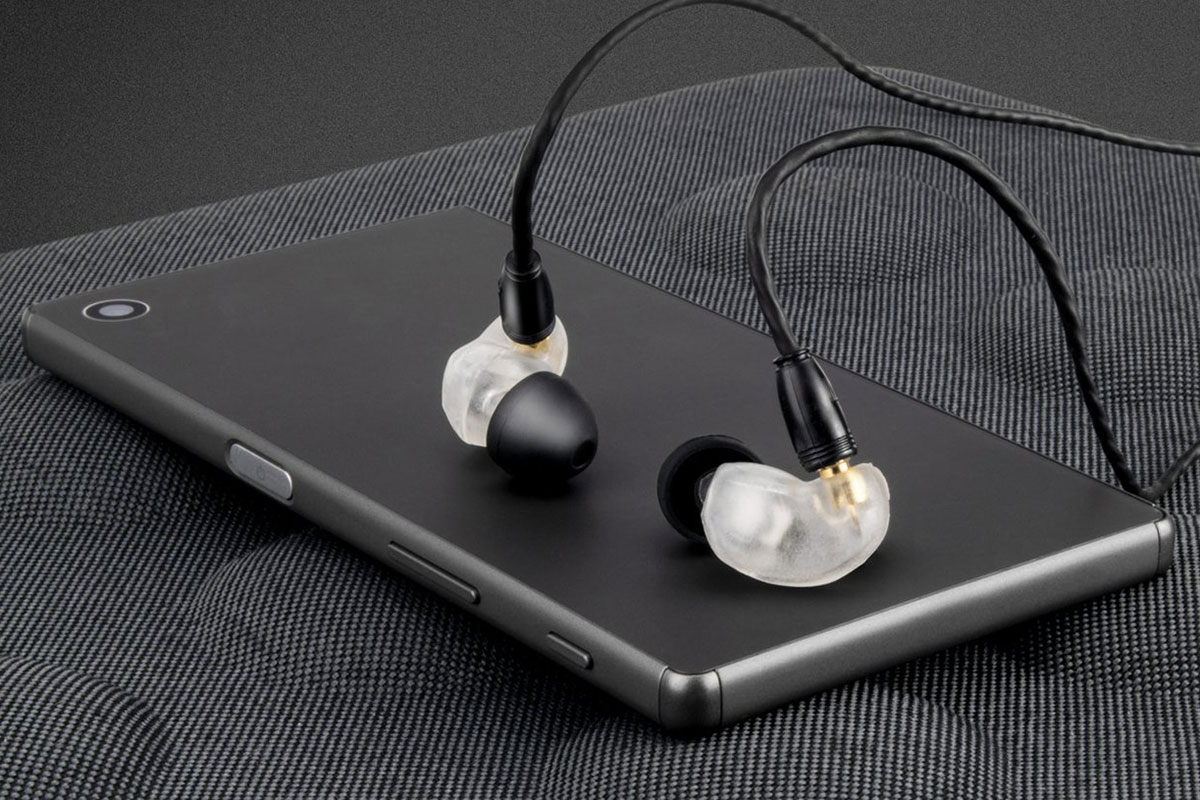
Earlier this year, Brainwavz introduced the B400 in-ear headphones, which used four balanced armature drivers for excellent sound but also boasted two removable MMCX cables, a cleaning kit, and a host of other accessories in its included carrying case. Thanks to a unique manufacturing process that uses liquid resin 3D printers, they also cost just $190, which is a major bargain considering the features. If that sounds too rich for your blood, you might want to take a look at the Brainwavz B200, which use the same process and offer many of the same features for an even lower price.
While the look and bundled accessories are very similar to the B400, the main difference in the B200 are the drivers. Unlike the quad-driver B400, the B200 earphones make use of a dual-balanced armature design. Despite each driver having to cover more of the frequency spectrum, Brainwavz describes the B200 as audiophile grade and says that they translate music with little to no coloring.
Like the B400, the B200 earphones use a housing that is printed with liquid resin 3D printers, making for a shape to the main shells that Brainwavz says can’t be done using other methods. The headphones are assembled entirely in-house by Brainwavz, and the company says that the vast majority of the components used are sourced from the United States and Europe.
One area where the B200 in-ears don’t appear to differentiate at all from the B400 is the included accessories, and that’s a very good thing. Out of the box, you get two detachable MMCX cables — one standard cable and one with an included mic and remote for use with your phone. You’ll also get two varieties of silicon tips and one set of Comply foam tips, making it easy to find a comfortable fit. The box also includes a cleaning kit, a shirt clip, a Velcro cable tie, and a hard shell carrying case.
The B200 earphones sell for $120 and are on sale now via the Brainwavz website, with various cable upgrades available for anywhere from $15 to $30 more. If they aren’t your cup of tea or your interested in alternatives, be sure to check out our list of the best earbuds available right now.
Editors' Recommendations
- You Asked: 3D VR, QDEL technology, and TV size vs. quality
- JBL’s $200 Live 3 earbuds get the Tour Pro 2’s touchscreen charging case
- Apple Vision Pro brings TV, 3D movies to a massive, 100-foot-wide screen
- What is MPEG-H? The burgeoning 3D audio standard explained
- AMD is bringing 3D V-Cache back to Ryzen 7000 — but there’s a twist


